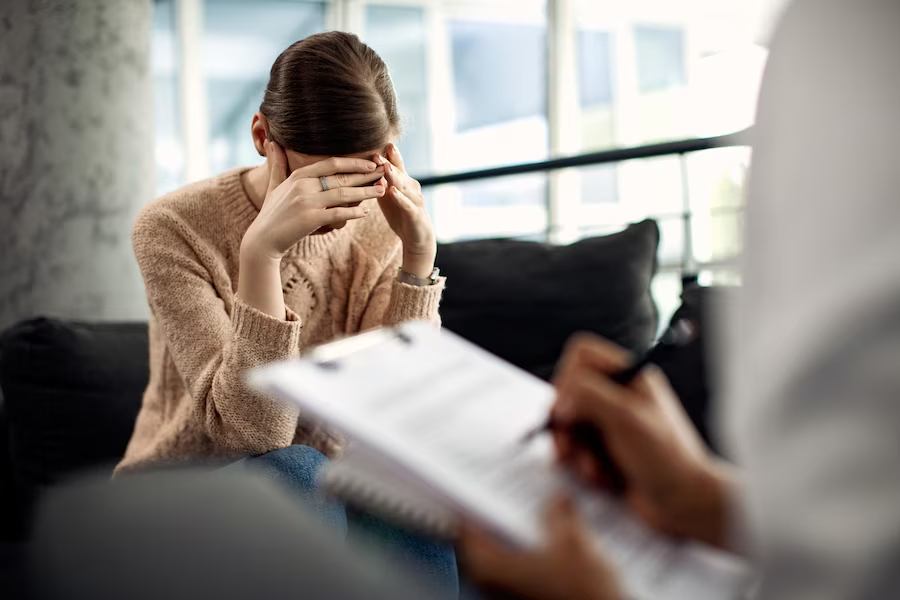Art therapy has emerged as a significant and effective tool for addressing various mental health issues. By integrating creative processes into therapeutic practices, art therapy provides a unique approach to healing, offering individuals a non-verbal outlet to explore and manage their emotions. This form of therapy is not just about creating art; it’s about using the creative process to foster self-awareness, improve emotional resilience, and enhance overall mental well-being.
Art therapy is a form of psychotherapy that uses artistic activities such as drawing, painting, sculpting, and other forms of visual art to help individuals express themselves. The creative process involved in making art allows people to explore their feelings, reconcile emotional conflicts, and develop problem-solving skills. It is facilitated by a trained art therapist who guides individuals through the creative process, helping them to use art as a medium for communication and self-expression.
Unlike traditional talk therapy, art therapy does not rely solely on verbal communication. This makes it particularly beneficial for individuals who find it difficult to express themselves through words, such as those dealing with trauma, anxiety, or depression. By focusing on the process of creating rather than the final product, art therapy encourages individuals to engage in self-reflection and gain insights into their mental health issues.
How Art Therapy Benefits Mental Health
Art therapy offers a wide range of benefits for mental health, making it an effective tool for managing and improving well-being. One of the most significant advantages is its ability to reduce stress and anxiety. Engaging in creative activities can be calming and meditative, helping individuals to relax and focus on the present moment. This process of mindfulness can alleviate the symptoms of stress and anxiety, promoting a sense of inner peace.
Moreover, art therapy provides a safe and supportive environment for individuals to explore and process their emotions. For those who have experienced trauma, creating art can serve as a way to externalize painful memories and emotions that may be too overwhelming to verbalize. This externalization helps individuals gain control over their experiences, reducing the power that these traumatic memories hold over them.
In addition to emotional regulation, art therapy can enhance self-esteem and confidence. The act of creating something unique can provide a sense of accomplishment and pride, especially for individuals who struggle with feelings of inadequacy or low self-worth. As they see their artistic skills improve over time, their self-confidence grows, contributing to better mental health.
Art Therapy and Emotional Expression
One of the core principles of art therapy is the belief that art can serve as a bridge between the unconscious and the conscious mind. Through the creative process, individuals can access and express emotions that may be buried deep within their subconscious. This is particularly important for those dealing with mental health issues such as depression or anxiety, where emotions can be repressed or difficult to articulate.
In art therapy sessions, the artwork created by the individual is often used as a starting point for discussion. The art therapist may ask questions about the colors, shapes, and symbols used in the artwork, helping the individual to explore the meaning behind their creations. This process can lead to greater self-awareness and understanding of one’s emotional state, making it easier to address underlying issues.
Who Can Benefit from Art Therapy?
Art therapy is versatile and can be beneficial for people of all ages and backgrounds. It is particularly effective for individuals who have difficulty expressing themselves verbally, such as children, adolescents, and those with communication disorders. For children, art therapy can be a playful and engaging way to explore their emotions and cope with challenges such as bullying, family issues, or developmental disorders.
Adults, too, can benefit from art therapy, especially those dealing with mental health conditions like depression, anxiety, PTSD, or substance abuse. It can also be a valuable tool for individuals going through significant life changes, such as grief, divorce, or chronic illness, providing them with a creative outlet to process their emotions.
Furthermore, art therapy can be used in group settings, fostering a sense of community and shared experience among participants. Group art therapy sessions can promote social interaction and reduce feelings of isolation, which are common in individuals with mental health issues.
The Science Behind Art Therapy
The therapeutic benefits of art therapy are supported by a growing body of research. Studies have shown that engaging in creative activities can stimulate the release of dopamine, a neurotransmitter associated with feelings of pleasure and reward. This increase in dopamine levels can improve mood and motivation, making art therapy an effective intervention for depression and other mood disorders.
Additionally, research has demonstrated that art therapy can reduce cortisol levels in the body, which are associated with stress. By lowering cortisol, art therapy can help individuals manage their stress more effectively, contributing to overall mental well-being.





